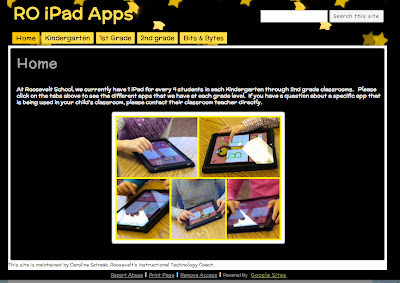.JPG) |
| 1st and 2nd graders are already utilizing BrainPOP at home! |
BrainPOP creates animated, curriculum-based content that supports educators and engages students. Hundreds of topics within Science, Social Studies, English, Math, Technology, Arts & Music and Health are all brought to life through short, animated movies and related interactive quizzes and features. BrainPOP Español provides BrainPOP content in Spanish. All content is aligned to and searchable by state standards.
BrainPOP Jr. provides educational movies for K-3 learners and addresses a wide range of grade-appropriate topics. Each animated topic has a movie, leveled quizzes, games, activities, and lesson ideas that develop critical thinking and inquiry skills. All content is read aloud so young students can browse the site on their own. Because BrainPOP and BrainPOP Jr. are delivered entirely online, there’s nothing to install or download. You can use BrainPOP resources with PCs, Macs, projectors, and interactive whiteboards. Getting started is easy by using the step-by step Getting Started Guide. There is also a free app you can download to use Brain POP & Brain POP Jr. on your iphone, iPad, etc.
Your child’s subscription to BrainPOP will remain active for the school year, 24 hours a day, in which time they will have full access to all the movies, quizzes, and interactive resources both at home and at school. Questions? Feel free to contact BrainPOP at 866.542.7246 or e-mail me and I’ll be happy to help you.






















